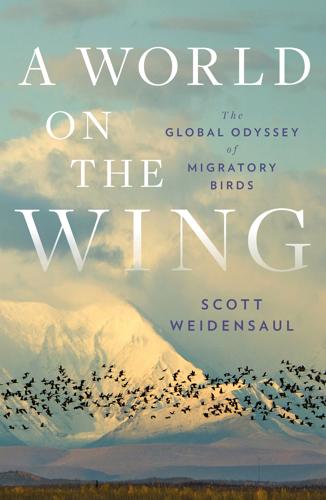
A World on the Wing: The Global Odyssey of Migratory Birds
by
Scott Weidensaul
Published 29 Mar 2021
Astronomers went ballistic when the first of these small, brilliant objects were lofted into low-earth orbit in 2019, concerned that the eventual “mega-constellation” (as it’s been described) would interfere with their ability to study the stars, and alter the character of the natural sky to everyone, everywhere on the planet’s surface—and that was before Musk said he was seeking permission to add a further 30,000 satellites to the total. The Federal Communications Commission, which approved Starlink, assured the public that SpaceX would “take all practical steps” to protect astronomy. But no one, so far as Farnsworth and I could tell, stopped to wonder what effect a “mega-constellation” would have on billions of migratory birds, already trying—with ever-diminishing success—to find their way through a night sky bleached of its darkness.

The New Gold Rush: The Riches of Space Beckon!
by
Joseph N. Pelton
Published 5 Nov 2016
The alternative will be to largely fall back to enforcement through national laws, or “codes of conduct” that spacefaring nations agree can be universally applied. We still have a long ways to go. d. Keeping pace with rapidly evolving technology. The biggest challenge of all may be keeping pace with new technology. Today new, extremely broadband high throughput satellites and new mega constellations in low Earth orbit optimized to provide Internet services can present a range of technical, standards and regulatory challenges and issues. Orbital debris, orbital crowding, power limits and interference are just some of the concerns. New high-powered millimeter wave and terahertz satellites and new optical laser ring satellites may present new concerns as well.